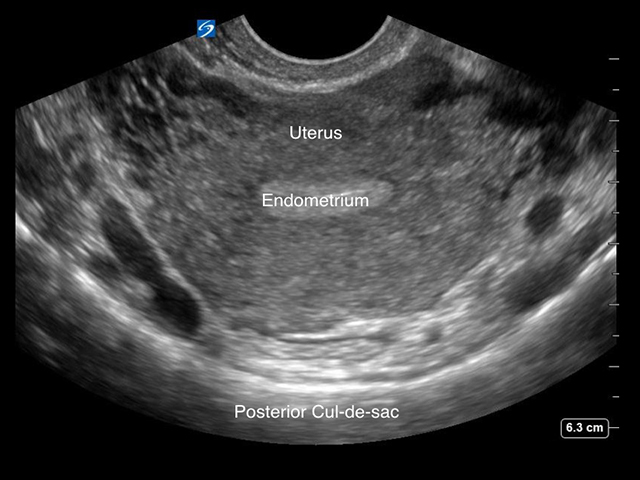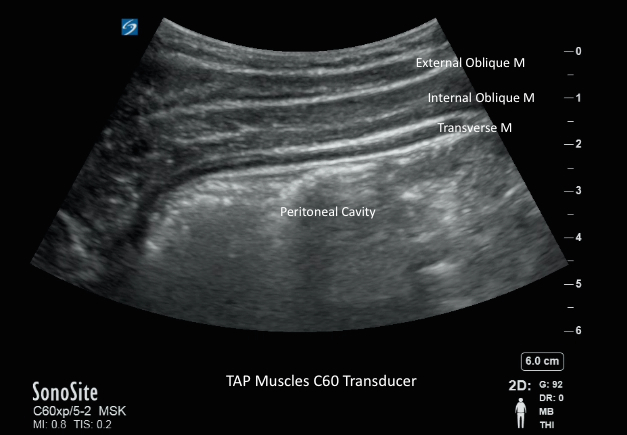TV Coronal Uterus
TV Coronal Uterus

/sites/default/files/TV_Coronal_Uterus.jpg
TV Coronal Uterus
Clinical Specialties
Publication Date
Media Library Type
Media Library Tag


